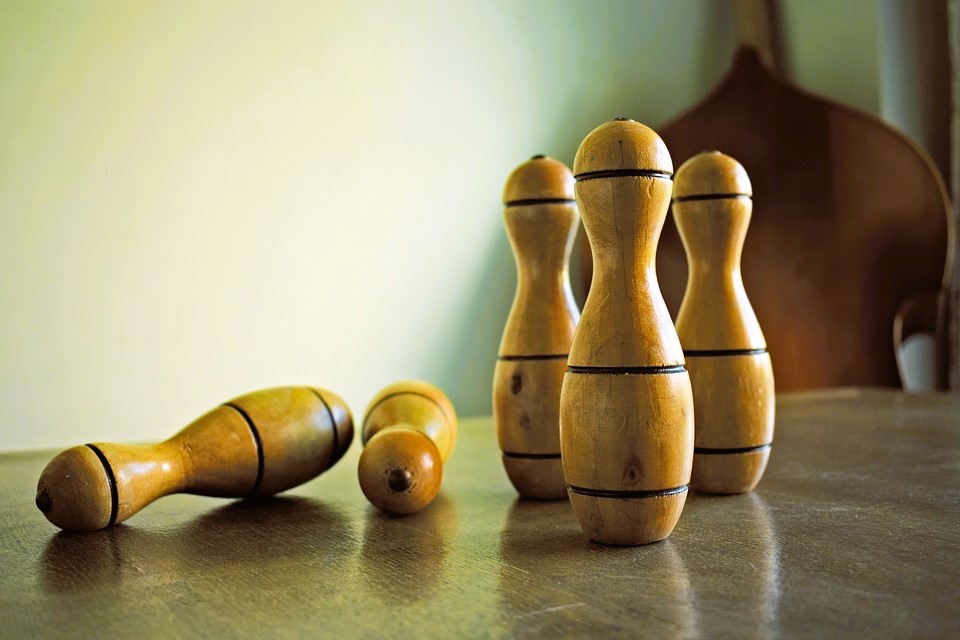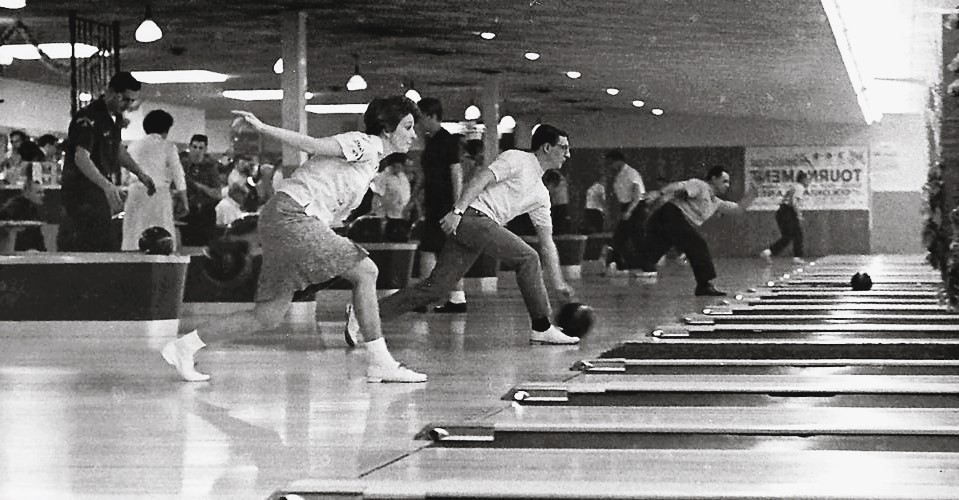
Exploring the History of Bowling: From Pastime to Passion
Bowling is a beloved sport and recreational activity enjoyed by millions of people worldwide. It has a rich history that spans thousands of years, evolving from a simple pastime into a passion that continues to captivate people of all ages. In this article, we will delve into the fascinating history of bowling, tracing its origins, exploring its cultural significance, and highlighting its journey from ancient beginnings to the modern-day phenomenon we know today.
Origins of Bowling: The roots of bowling can be traced back to ancient civilizations. The earliest evidence of a bowling-like game dates back over 5,000 years to ancient Egypt. Archeologists have discovered ancient Egyptian tombs containing objects resembling bowling pins and balls, suggesting that the game was played as early as 3200 BC. Similarly, ancient civilizations such as the Greeks and Romans also had their own versions of bowling-like games, showcasing the widespread appeal of the sport.
Bowling in Medieval Europe: Bowling gained popularity in medieval Europe, where it became a favorite pastime among both nobility and commoners. The game evolved into variations such as “ninepins” and “skittles,” played outdoors in the streets or on grassy surfaces. However, due to its association with gambling and excessive revelry, bowling faced periodic bans and restrictions from religious and civic authorities throughout Europe.
Emergence of Modern Bowling: The modern form of bowling that we are familiar with today began to take shape in the 19th century. In the mid-1800s, indoor bowling alleys started to emerge in the United States and England, providing a controlled environment for players. The development of automated pin-setting machines in the early 20th century revolutionized the sport, making it more convenient and efficient.
The Rise of Organized Bowling: As bowling continued to evolve, organized leagues and associations started to form. The American Bowling Congress (now known as the United States Bowling Congress) was established in 1895, followed by the Women’s International Bowling Congress in 1916. These organizations laid the foundation for standardized rules, regulations, and competitive events, fueling the growth of the sport and attracting a dedicated community of bowlers. Bowling for Beginners: Tips and Tricks for Newcomers in Saskatoon.

Bowling in Popular Culture: Bowling’s popularity surged in the 1950s and 1960s, with the sport becoming a prominent feature in popular culture. Movies like “The Big Lebowski” and “Kingpin” portrayed bowling as a source of humor and camaraderie, further solidifying its place in mainstream entertainment. Bowling alleys became social hubs, offering not just bowling but also arcade games, food, and live entertainment, creating a vibrant atmosphere that appealed to people of all backgrounds.
The Modern Bowling Experience: Today, bowling has evolved into a multifaceted experience that caters to a wide range of preferences. Modern bowling alleys feature state-of-the-art facilities, including advanced scoring systems, cosmic bowling with neon lights and music, and themed events. The sport has also embraced technological advancements, with innovations such as automated ball return systems and video analysis tools that aid in skill development.
Bowling as a Competitive Sport: While bowling remains a popular recreational activity, it has also established itself as a competitive sport at both amateur and professional levels. Professional bowling tournaments, such as the Professional Bowlers Association (PBA) Tour, attract skilled athletes from around the world, showcasing their talent and dedication on televised events. The sport continues to evolve, with bowlers constantly pushing the boundaries of skill and strategy.
The Global Appeal of Bowling: Bowling’s popularity extends far beyond its Western origins. It has gained a strong foothold in countries such as Japan, Korea, and the Middle East, where it is embraced as a competitive sport and a popular leisure activity. The international bowling community is vibrant and diverse, with players of all ages and skill levels coming together to share their passion for the sport.
In conclusion, the history of bowling is a testament to its enduring appeal and cultural significance. From its ancient origins to the modern-day phenomenon, bowling has evolved from a simple pastime into a passion that brings people together, fosters friendly competition, and provides endless hours of entertainment. Whether you’re a casual bowler enjoying a night out with friends or a dedicated athlete competing in professional tournaments, bowling continues to captivate and inspire individuals around the world. So, lace up your bowling shoes, grab a ball, and embark on your own journey through the fascinating history of this beloved sport.
